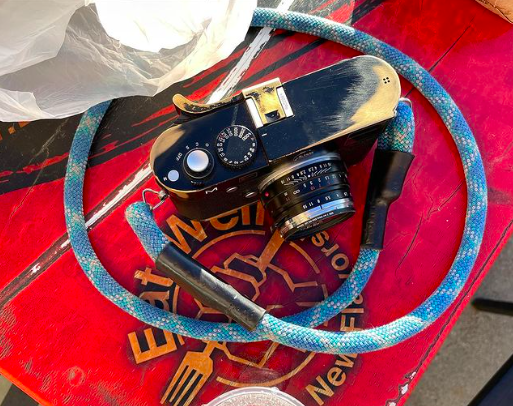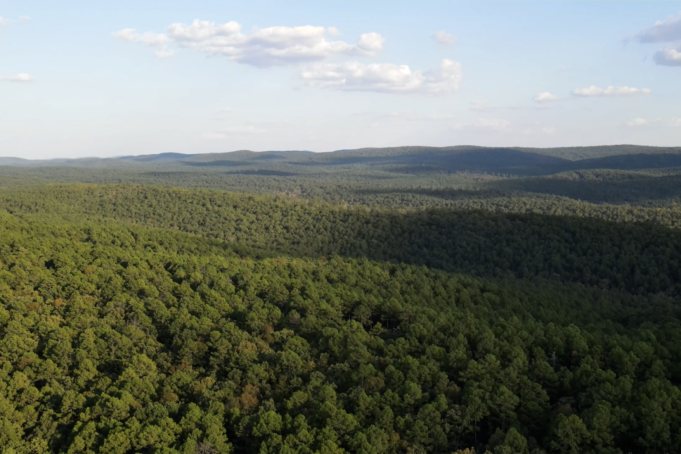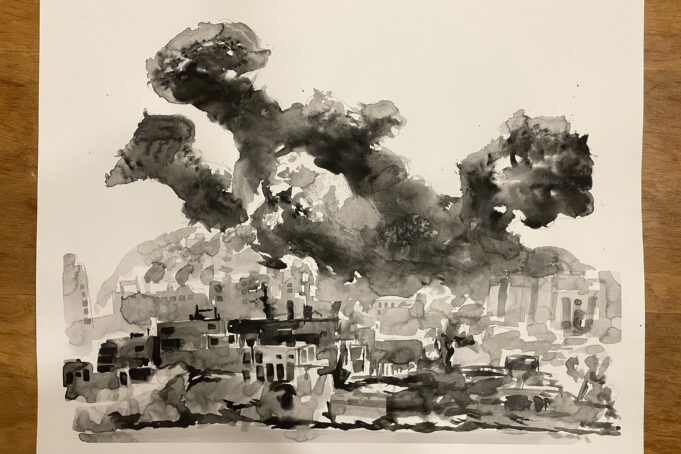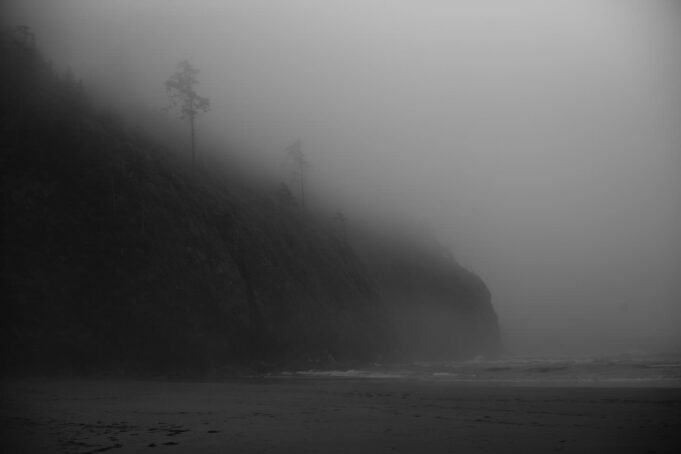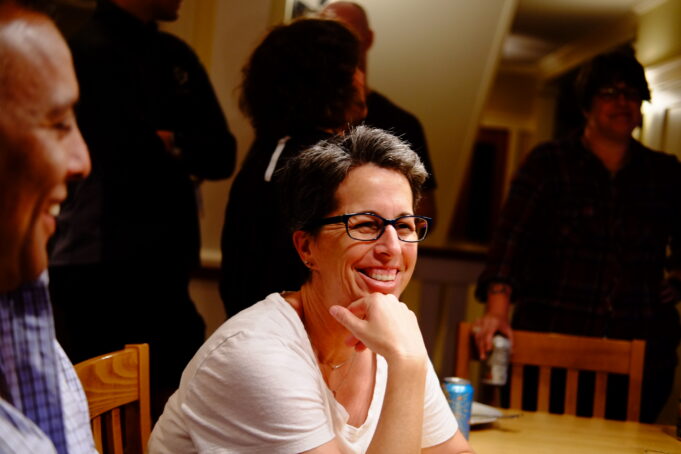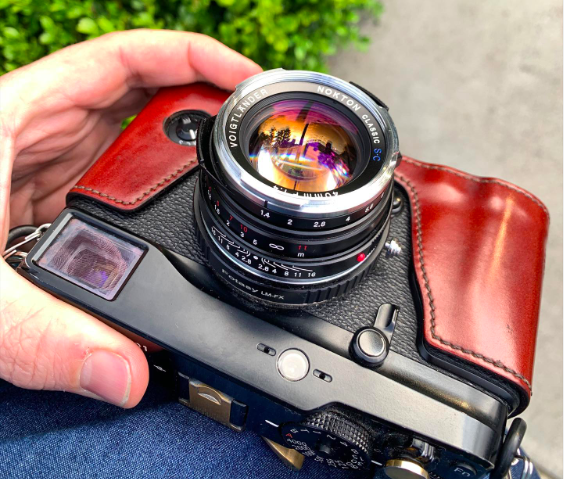
Every once in a while, friends whose kids are into photography ask for recommendations on what cameras they might buy for their developing photographers who want to move beyond their phones.
Here are a few of the things I usually share.
If you already own lenses of a certain kit, start there
If your family already owns lenses from Canon, Nikon or another system, think seriously about getting them one from that series. Having a kit of lenses to try can speed up experimentation and save money.
For a while in the 00’s everyone had some generation of the a digital Canon EOS system camera in a dusty bag in their garage that you could usually find and try out. These are great little cameras. If you can find one, put it in “P” for program mode and start shooting.
Buy Used
I recommend buying older-model digital cameras used. Not just for kids. Also for me. Stay within the last 5-10 years for maximum features and cheapest prices. I buy from craigslist, eBay and facebook marketplace and facebook groups. Most will ship but you may need an invite to join and someone to vouch for you that you aren’t a scammer.
Also mpb.com and keh.com are good along with other re-sellers who confirm the gear is in good working order but will cost you more.
Recs For Beginners
For beginners, I like cameras with a great built-in lens. Here are two:
Fujifilm x10, x20 or x30
Tiny, built-in zoom lens and an optical viewfinder that’s mostly useable. Small sensor. Poor battery life. Buy 2 or 3 they are cheap on amazon. Fun fun fun to shoot.
Fujifilm x100 Series
Fujifilm x100 (S, T or V): Amazing image quality, optical / digital viewfinder hybrid that is a joy to look through. Poor battery life. Buy 2 or 3 they are cheap on amazon. Great sensor. Fixed medium / wide angle 23mm lens. Zoom with your feet. Uh Oh. Looks like TikTok discovered it an has driven up the prices.
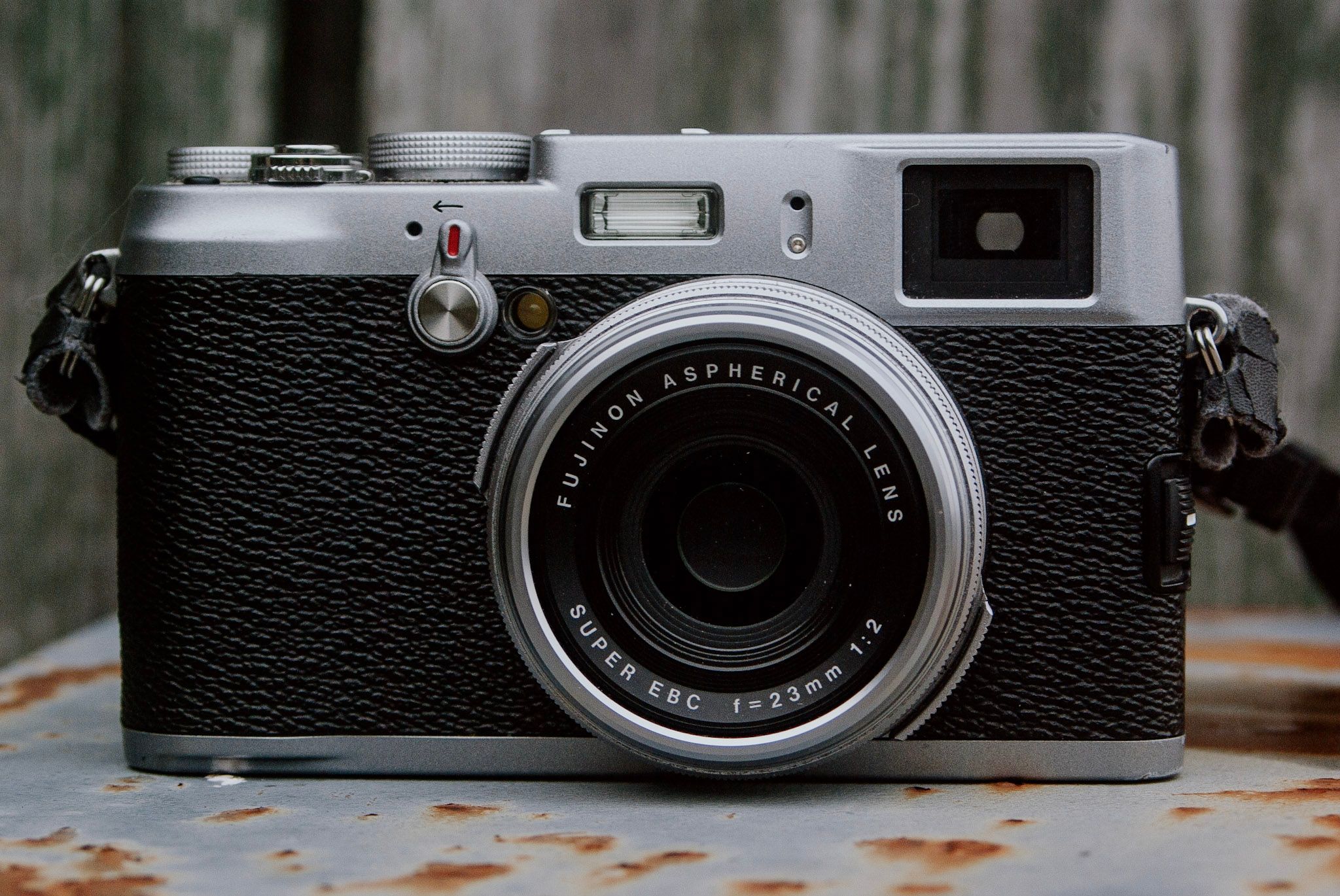
Next Up
After you get frustrated with your fixed lens you will want to start exploring old lenses and weird lenses you find at estate sales. For this, you will want the Fujifilm xPro 1. Same amazing hybrid viewfinder as the x100 but you can put nearly any lens on it you can find with the right adapters. And all the Fuji lenses are also great. What’s wild about these is they are now cheaper than the x100 series. It’s a fantastically good camera for $3-400 Retailed for $1400 new. Pretty good battery life. But still buy 2-3 on amazon.
In light of the current price surge on the x100 series I think I’d recommend this one. It’s the same sensor, processor and viewfinder with the added benefit of interchangeable lenses. And it’s still an excellent camera 10 years later.
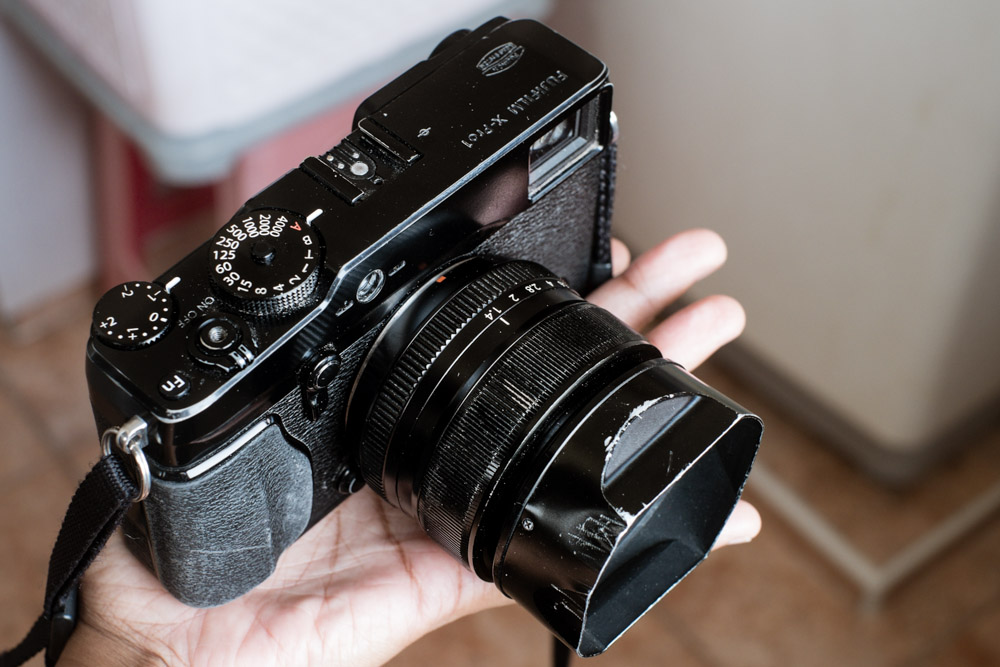
Lenses
There’s a lot to talk about here but here are a few thoughts.
Fixed focal length lenses or “Primes”
I prefer fixed focal length lenses with an aperture of 2 or lower. Zoom lenses promise a lot of flexibility but all but the best and most expensive of them are bad overall. And working with fixed focal lengths will help you begin to understand how the focal length shapes the image. If you’re coming from phone photography a wide angle (28 or 24mm equivalent) will feel most natural. A 35mm or 50mm are the classic “normal” lenses that most closely mimic the focal length of the human eye.
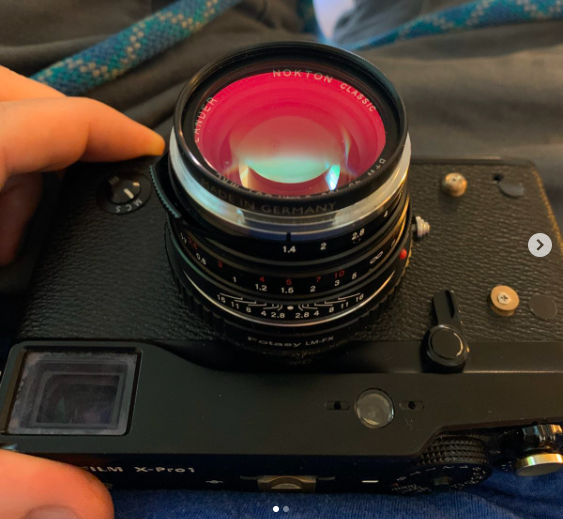
Crop Factor 😩
But remember, on all but the most expensive “full frame” cameras your 50mm lens will become a 75mm lens on a “cropped” sensor. This is because the lens focal length measurements are all based on a 35mm negative. Only “Full frame” sensor cameras match that size. The rest of them (and all those in my list above) compromise cost by using a slightly smaller sensor which means they zoom in on the image created by the lens. Hence the “crop factor.” If you don’t have a frame of reference for what these lenses looked like on film or if you never shot film this will probably feel meaningless. But it means that it’s harder to find a wide-angle lens that still looks wide on a cropped sensor.
This headache is mostly why I recommend starting with cameras with fixed lenses because the camera maker has worked this all out for you and built the camera with a good lens for its sensor. You will absolutely grow out of this but it can work quite well for a year or three.
Start with one wide angle (17-24mm) and one tele or portrait lense (50-90mm)
Most of my 20 years of photography I’ve shot with one or the other. You can put one on your camera and the other in your pocket or backpack and skip carrying a camera bag.
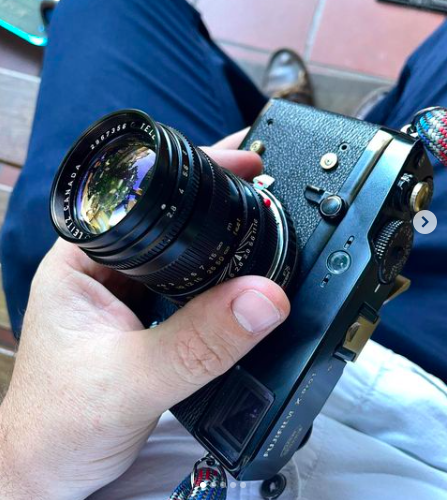
Camera Straps
Don’t use the terrible straps that come with cameras. They are universally terrible and ugly. Spend a little money or make one yourself. The camera you take with you is the one you will use so get a strap you feel comfortable wearing. All the FujiFilm cameras above are light enough to wear all day with almost any strap.
